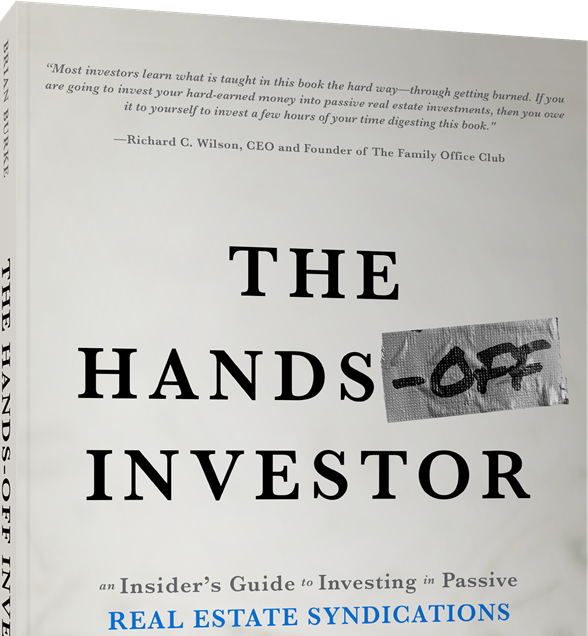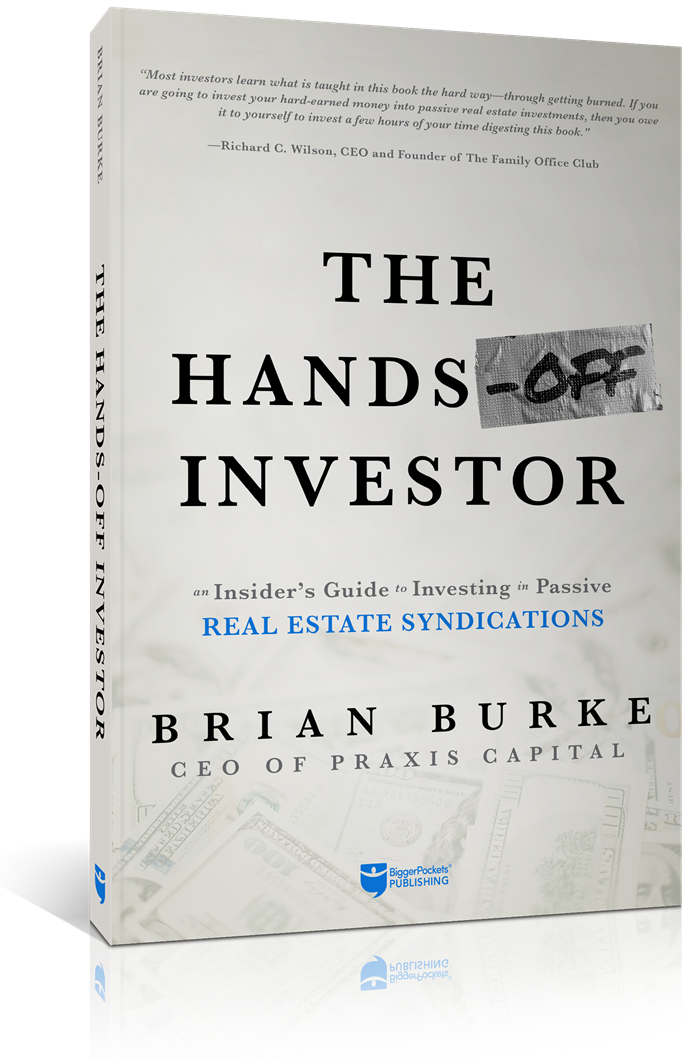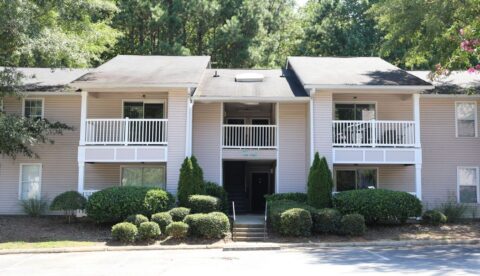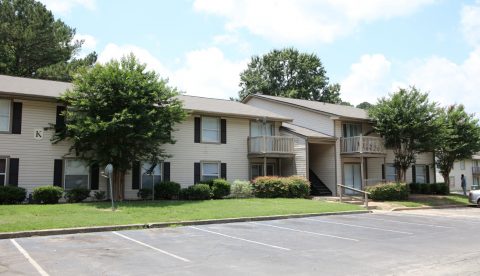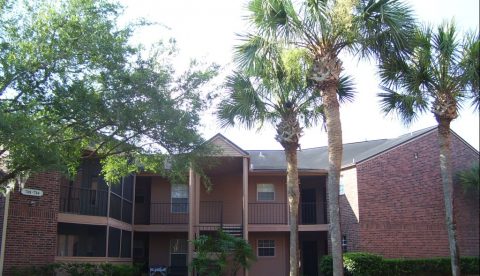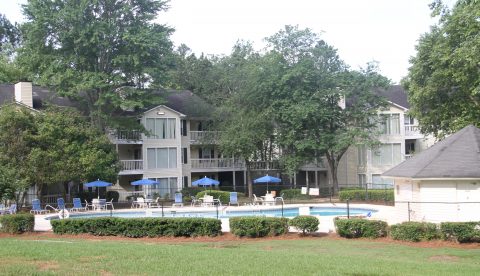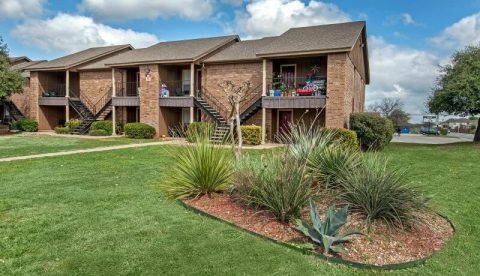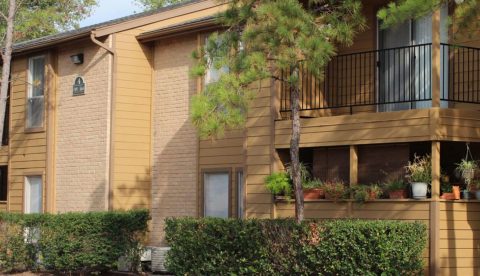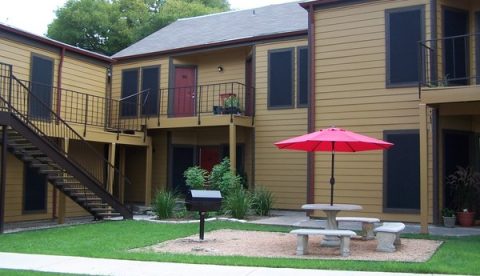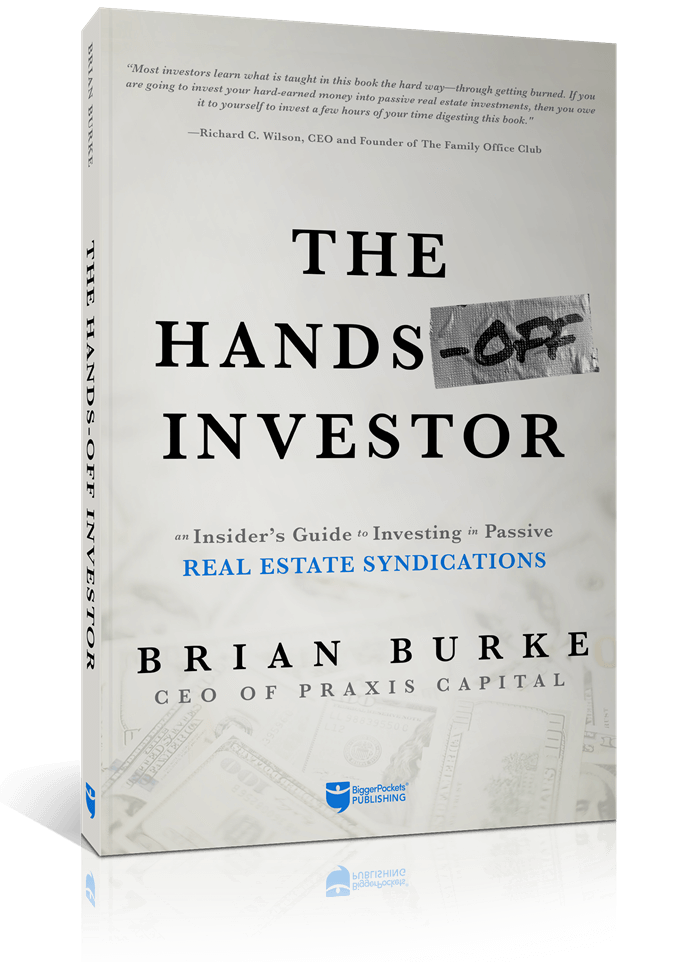Benefits of Passive Multifamily Investing

For a professional real estate investment firm, multifamily investing can be a challenging yet rewarding way to earn one’s livelihood.
There are locations to assess, studies to undertake, business plans and financial models to write and refine, contractors to hire, and capital expenses to pay, all with the eventual goal of building a lasting means of constant and reliable income. It can be daunting.
Fortunately, for the investor, there are passive means of achieving the same results. In an unpredictable economy with no guarantees, an investor with money to put to use can do a lot worse than taking an equity position in multifamily housing.
Rebalancing Of One’s Investment Portfolio

While there is a place for the two traditional investment vehicles, stocks and bonds, one needs to be aware of current market valuations and trends, making necessary adjustments to their portfolio. With stocks currently at all time highs (with forward P/E ratios well into the 20’s) and bonds having ended a 30 year secular bull market, now is an excellent time to consider these adjustments. Failure to do so can be jarring for investors unable or unwilling to ride out the extremes of a necessarily volatile securities market.
Contrast that with real estate investing, which is tangible where securities investing is often illusory. Stocks and bonds can often represent nothing more than the lofty aspirations of research analysts. But multifamily property portfolios are ultimately backed by usable buildings that can generate rental income. More fundamentally, the real estate market operates almost completely without regard to the machinations of Wall Street. When stocks and bonds either rise or fall, multifamily real estate isn’t pressured to move in either direction. Instead, property prices and rental rates are subject to the more traditional factors of scarcity, availability, and intrinsic value. In a perfect world, all investments would reflect such criteria.
No Experience Needed
Active multifamily real estate investing isn’t something to tread into lightly, even for established professional investment firms. If you’re inclined to take advantage of multifamily real estate’s stability and reliability, but don’t have years of background in the industry, it makes far more sense to defer to a professional firm’s expertise. In other words, let the seasoned veterans do the work for you. Sure, it’s technically possible for an individual multifamily investor to find lucrative properties to buy and earn income from. But it’s also a prohibitive amount of work with the risk of downside. If you let a professional firm scout the properties and run the numbers, leveraging the firm’s expertise, you can avoid the headaches and staggering amount of work that go into accurately assessing and acquiring a multifamily property. Most private investors don’t have an extensive broker network they can access at a minute’s notice, nor a means of overseeing construction management. A worthwhile investment management firm has both.
Speaking of Leverage…

With a handful of high-profile exceptions, no one gets rich exclusively off a salary. The sad truth is that most wage-earners die without ever realizing that the surest way to financial stability is by using others’ money and expertise as a force multiplier. Picture a common laborer who spends years saving diligently and minimizing personal expenses, in the hopes of finally buying a second single-family home to rent out and earn passive income from. A small miscalculation on maintenance expenses or market rents can move the project into the red, negating all the hard work that went into procuring it. Not only is that bad business, it can be discouraging. Even debilitating.
The circumstances change when an investor employs the services of a dependable investment management firm. Instead, that 100% investment in a sink-or-swim single home can be leveraged into something grander. Such as a piece of a 200-unit complex with great potential for growth. Enter the law of averages: with more tenants come less risk. An annual vacancy rate of 5% or even 10% means little to the monthly income statement of a large multifamily property, and what little it does mean can be anticipated well in advance. But for a single-family property, any turnover of tenants means the devastating risk of 100% vacancy. And zero income. With a multifamily property, one slow or delinquent tenant does not a disaster make.
The Dirty Work is Passive, Too
Owning a house and renting it out to a single tenant begs the use of a professional property manager. Owning a piece of a large rental property with many renters practically necessitates it. With a big enough property, cleaning the debris, keeping the in-unit appliances in working order, and touching up the paint become a full-time job unto themselves. It’s a job that no sane landlady wants to undertake on her own. Leaving the work in the capable hands of professional management is always a percentage of profits well spent.
Even the Taxman Says So
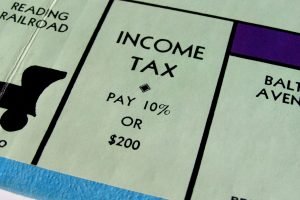
The U.S. tax system is so complex that even mentioning it seems almost trite. But its complexities are there for a reason, and often that reason is to ease the pressure on investors. Taking full advantage of opportunities in the tax code is well suited for the passive investor, and can mean thousands to one’s personal bottom line.
Take the cash flow from month-to-month operations. Coupled with the accounting depreciation inherent in every multifamily building, ownership can often defer tax bills until selling a property. Or indefinitely, if the property never gets sold. The benefits accrue in ways that investors in stocks or bonds or other securities never get to realize. Even better, that tax-deferred money continues to earn income while it’s beyond the clutches of the IRS.
Once you’re invested passively in a multifamily property or properties, it can seem remarkable how “easily” the profits accrue. Of course, the work that it takes to get into that position is anything but easy. It requires untold man-hours on the part of sponsors, contractors, and managers to bring a successful multifamily investment to fruition. With the help of a first-rate multifamily investment firm, rewarding passive multifamily investing can be within reach of almost anyone.
